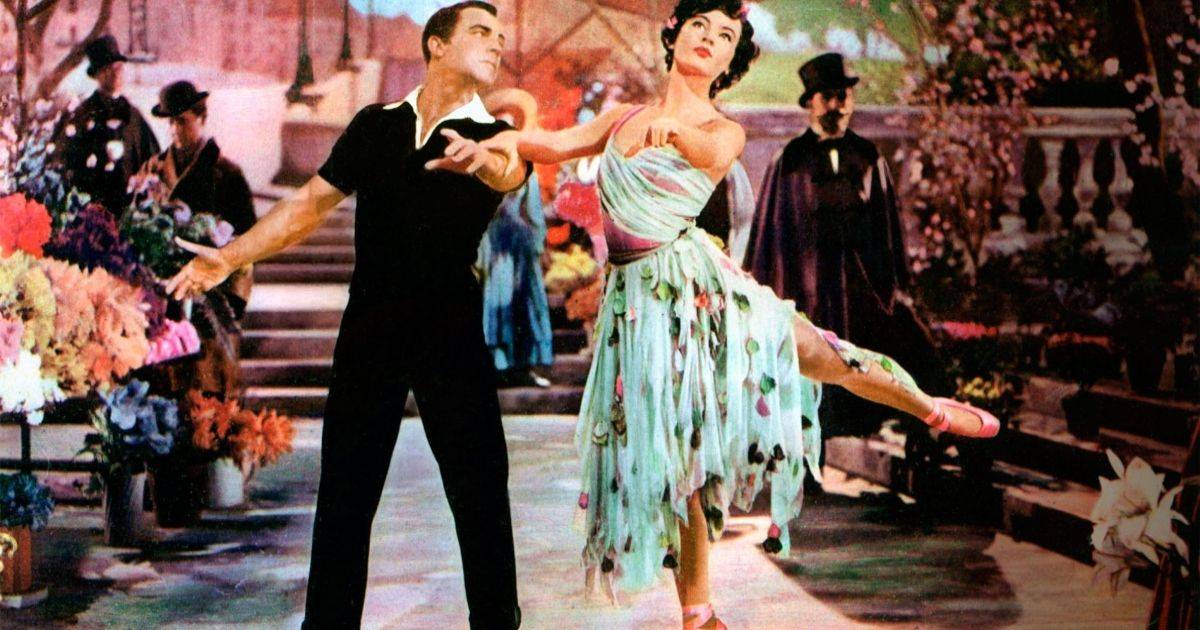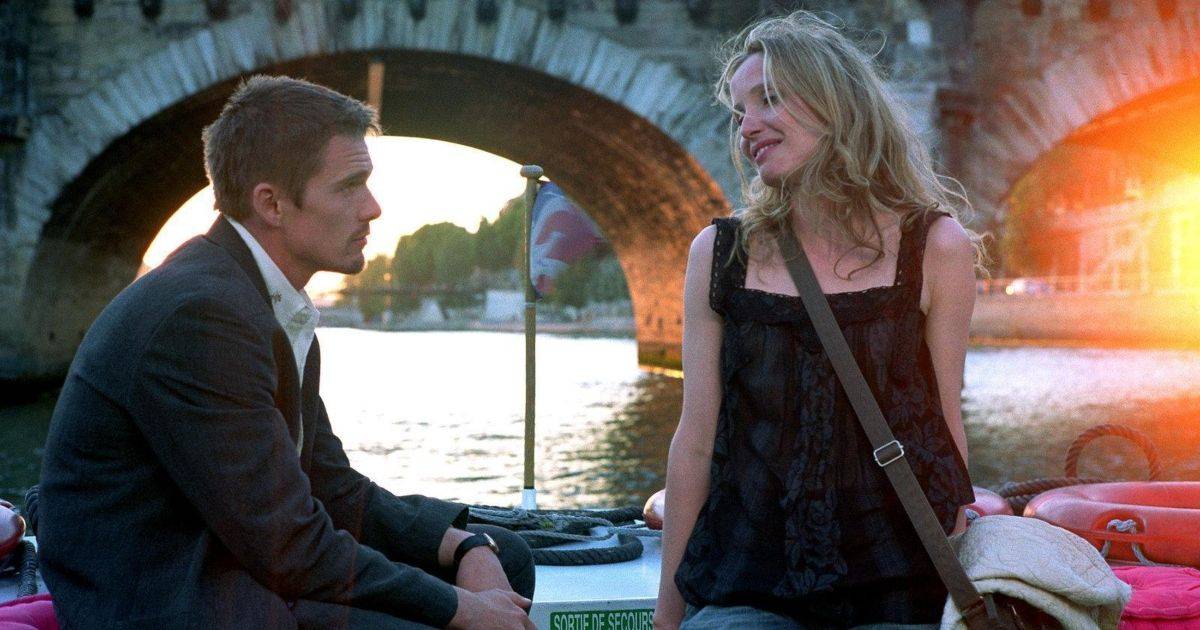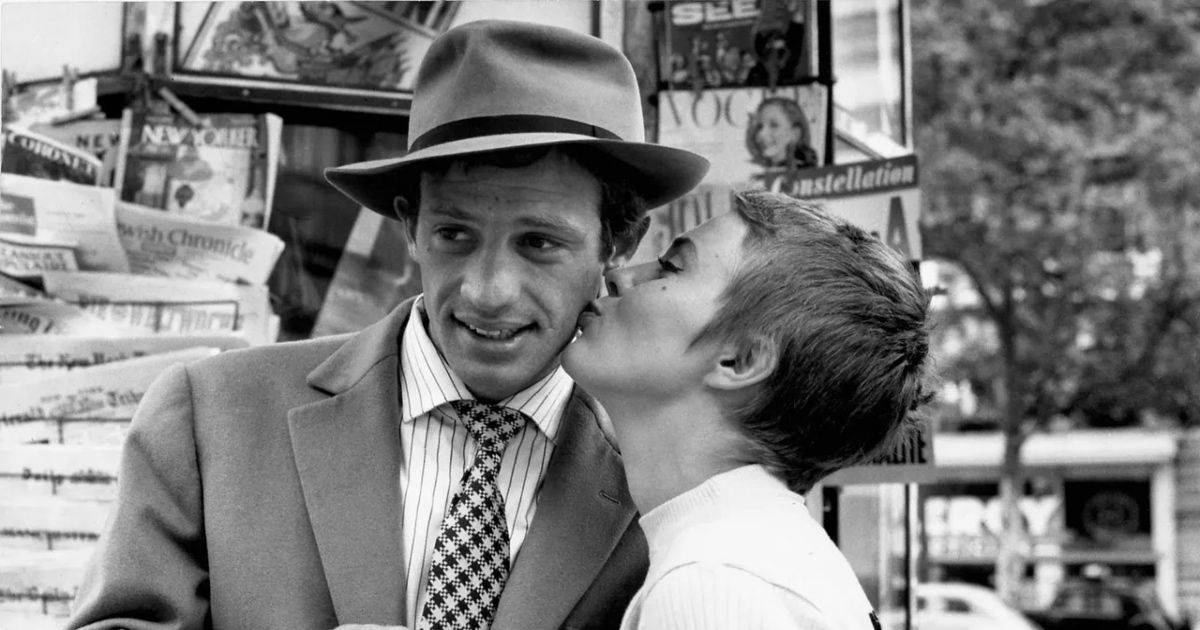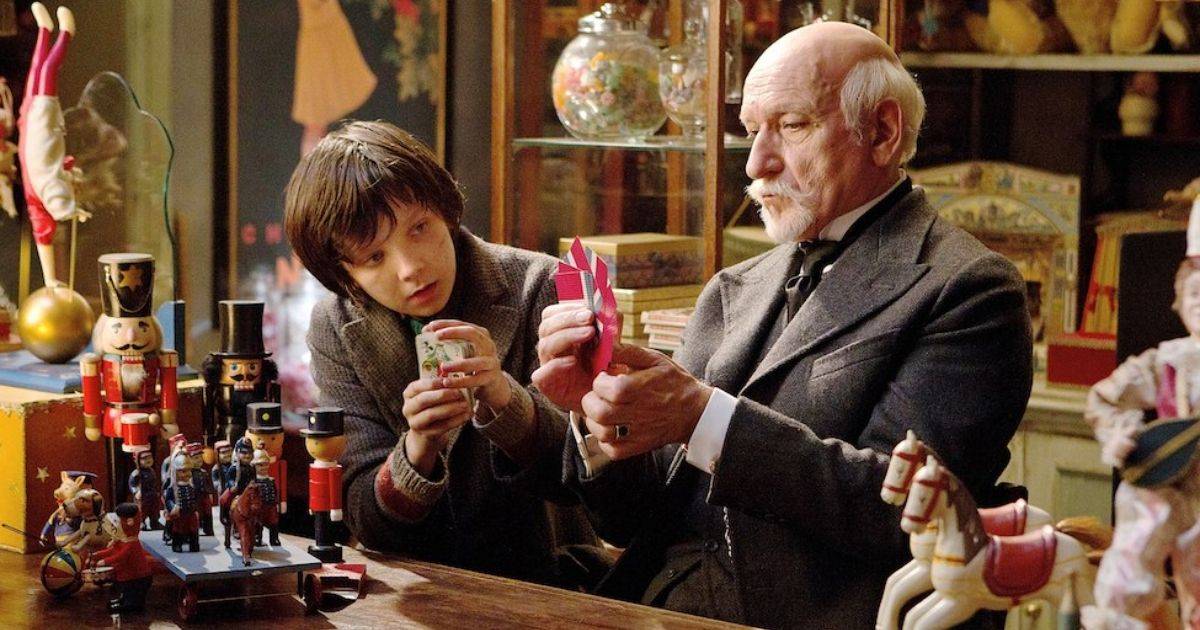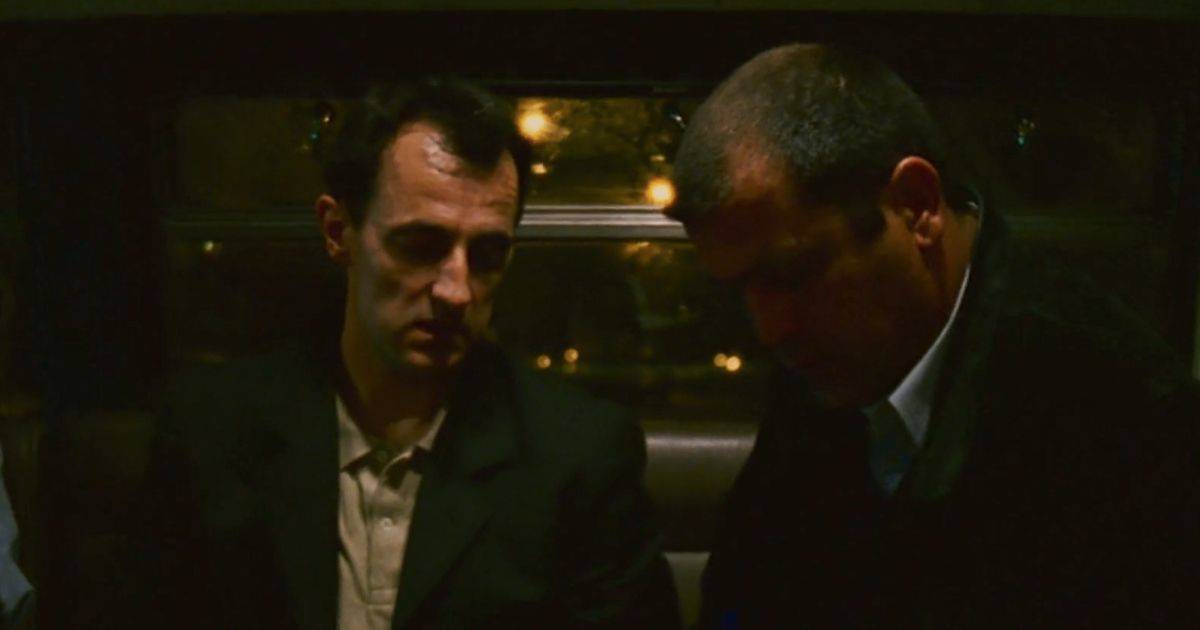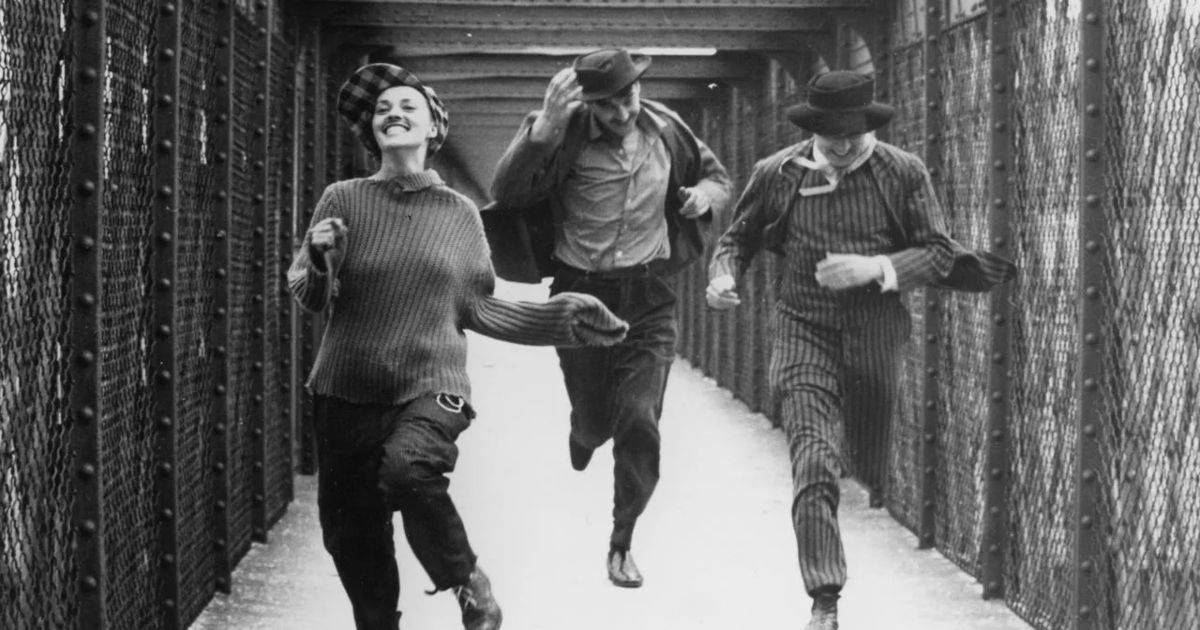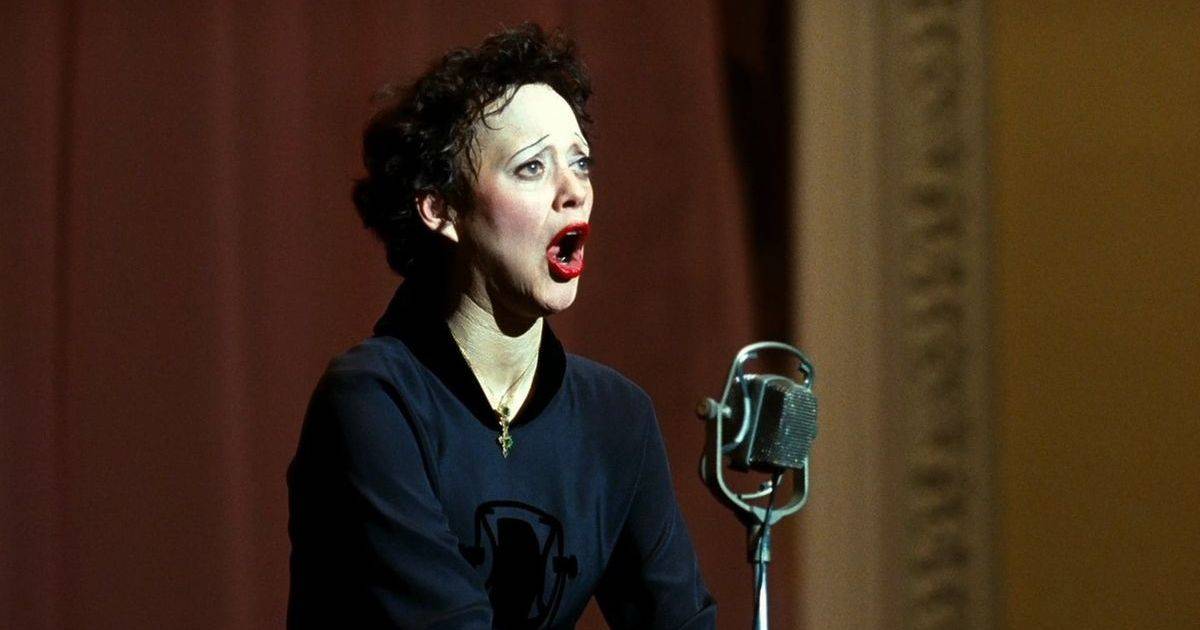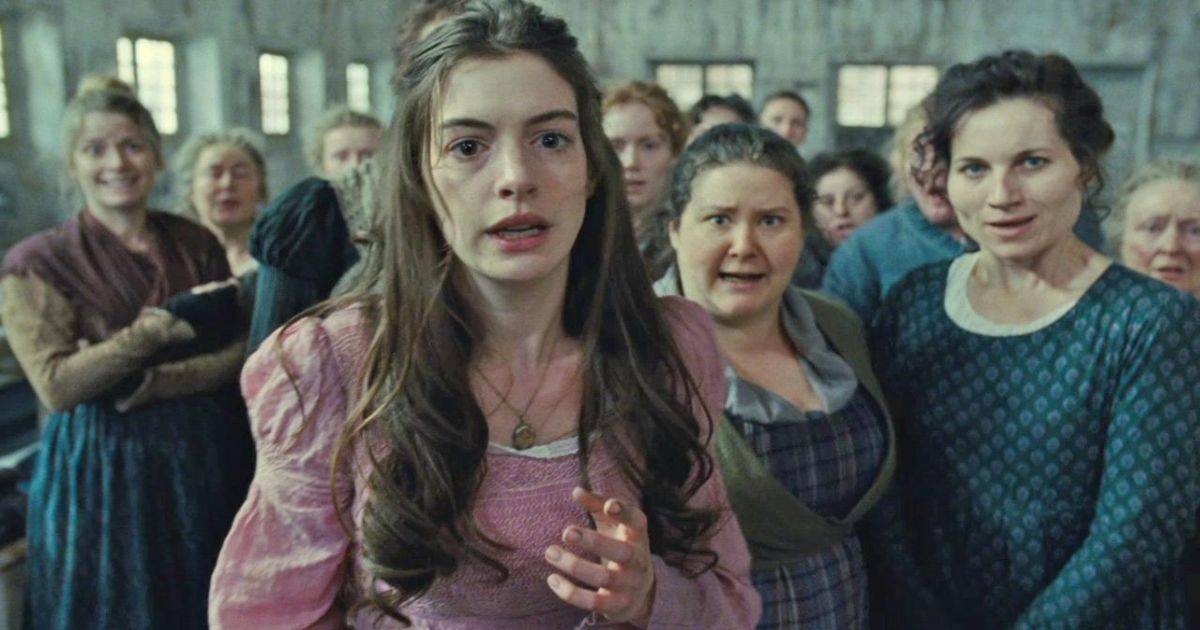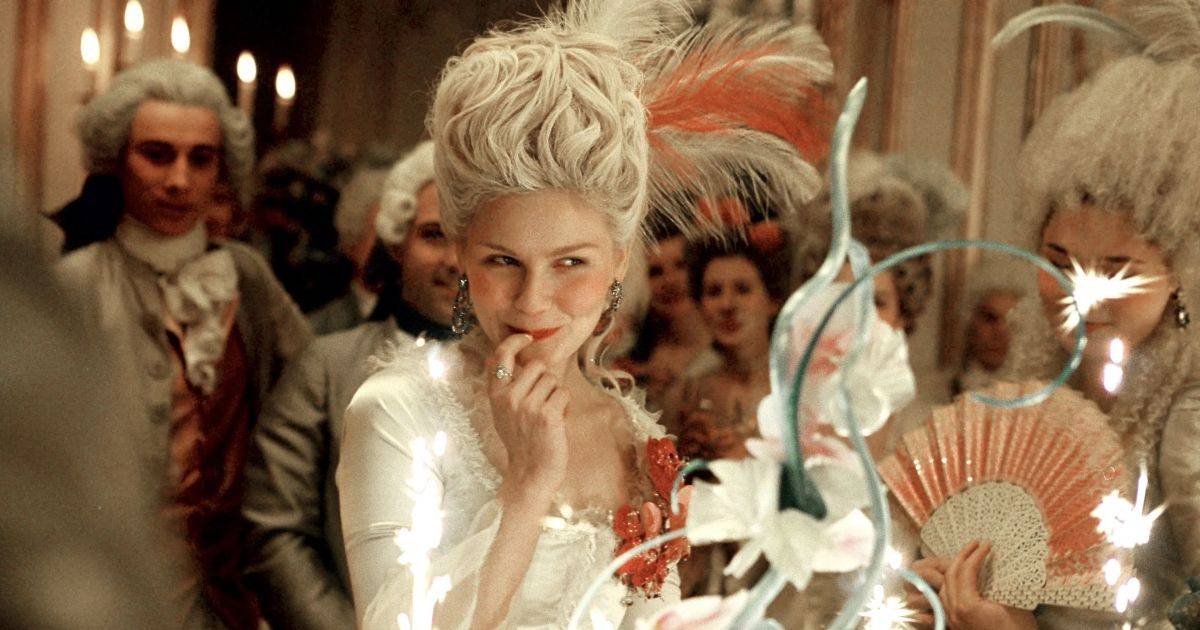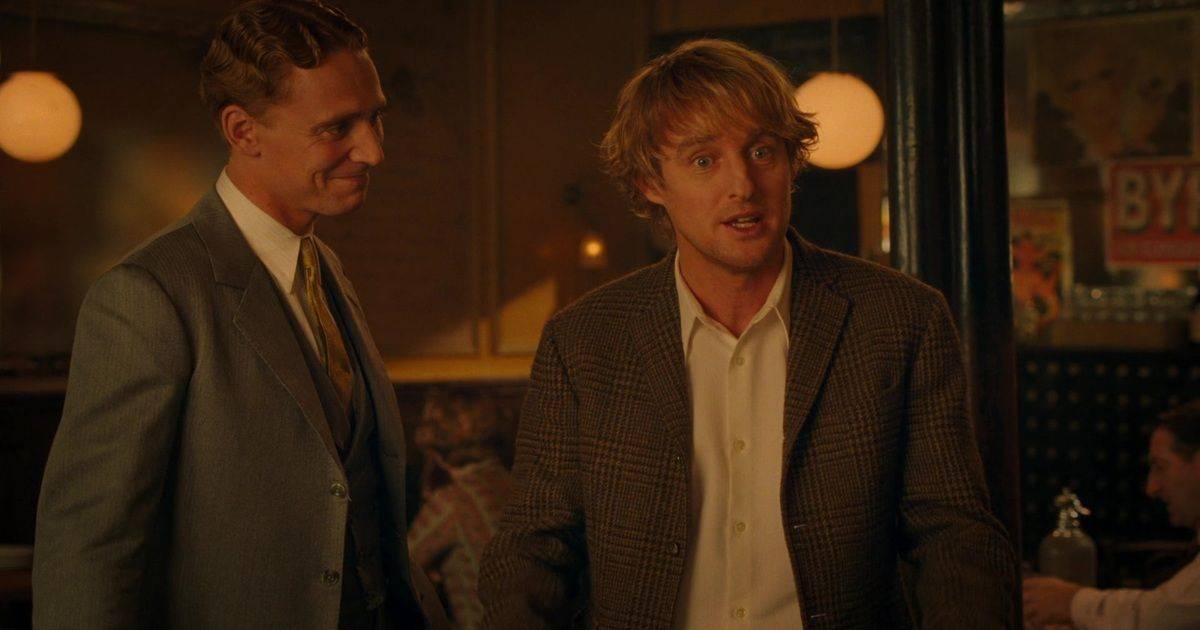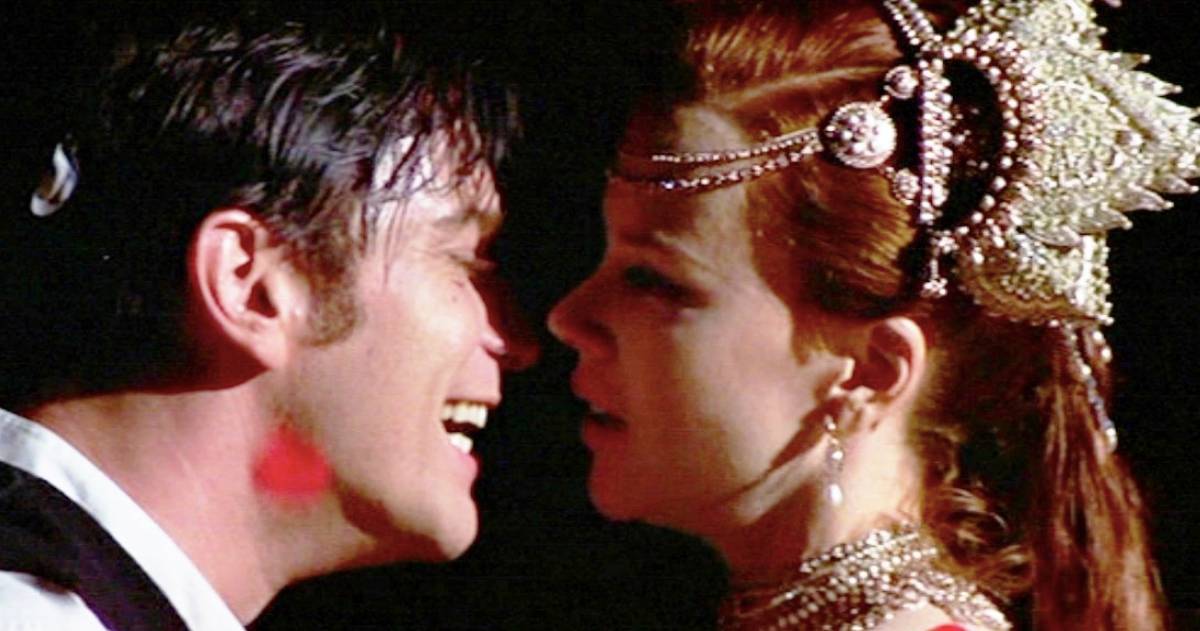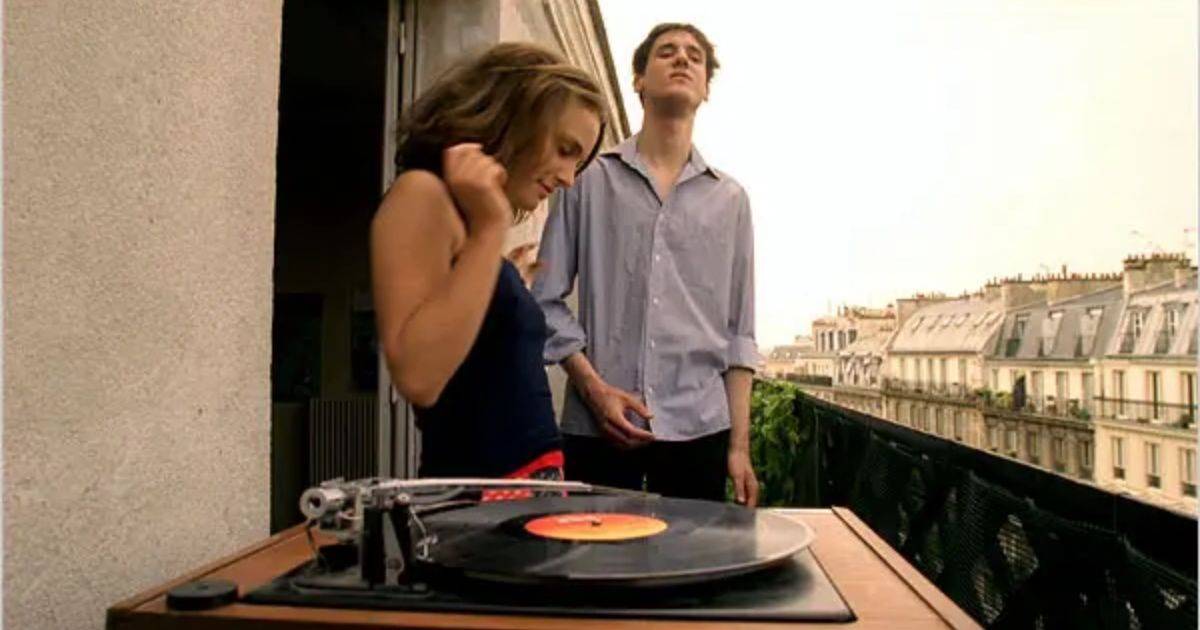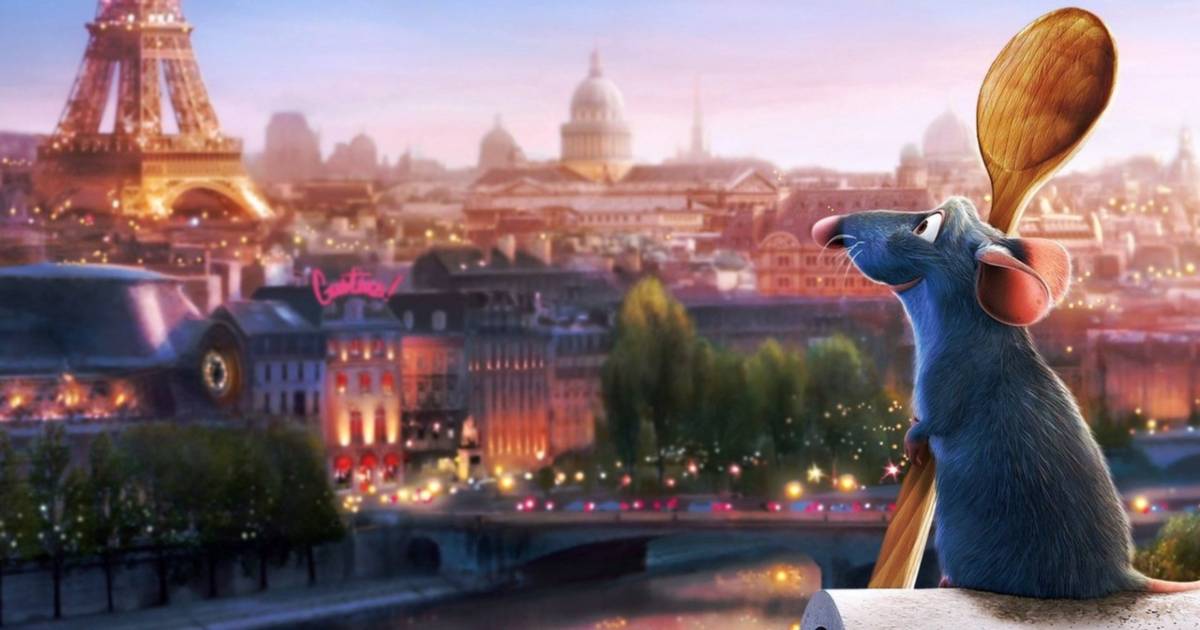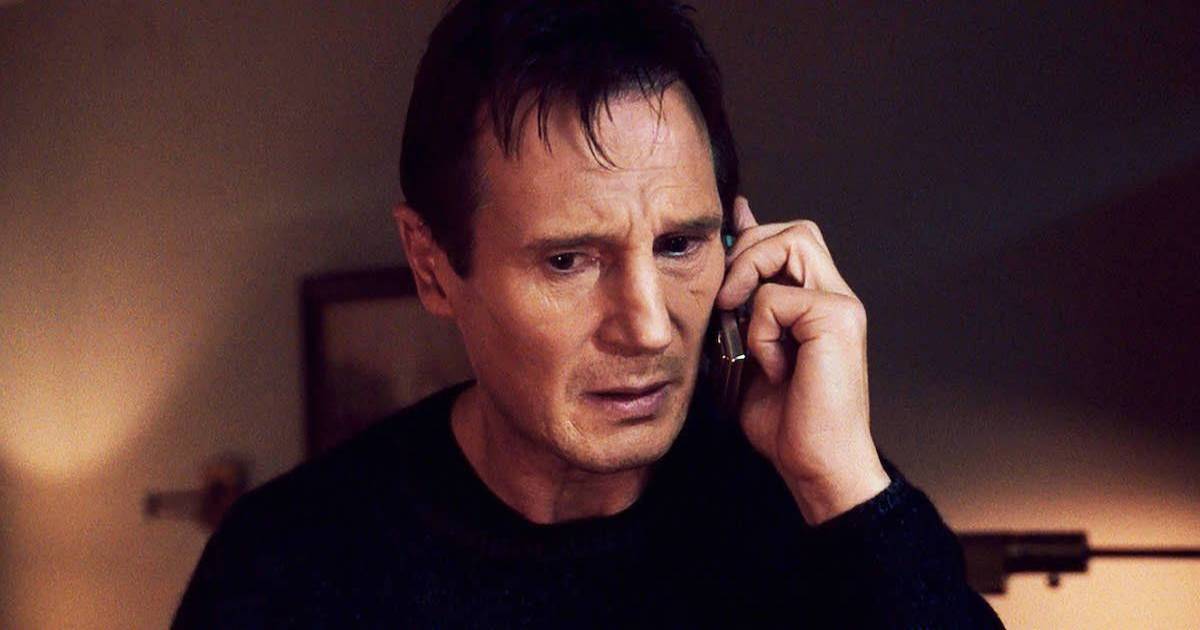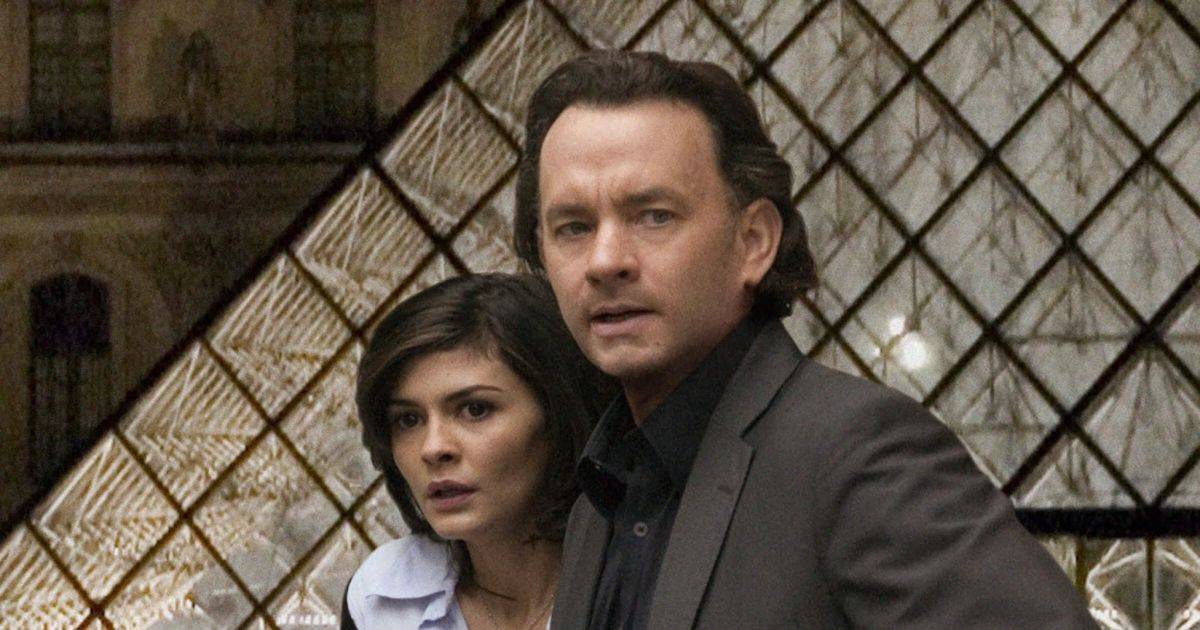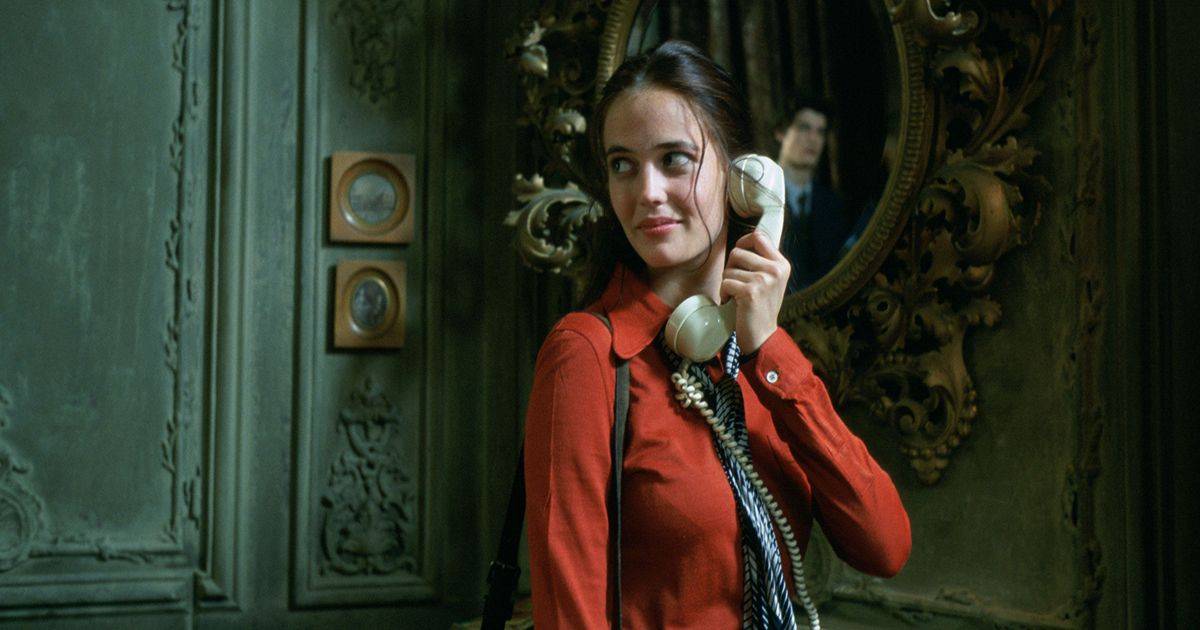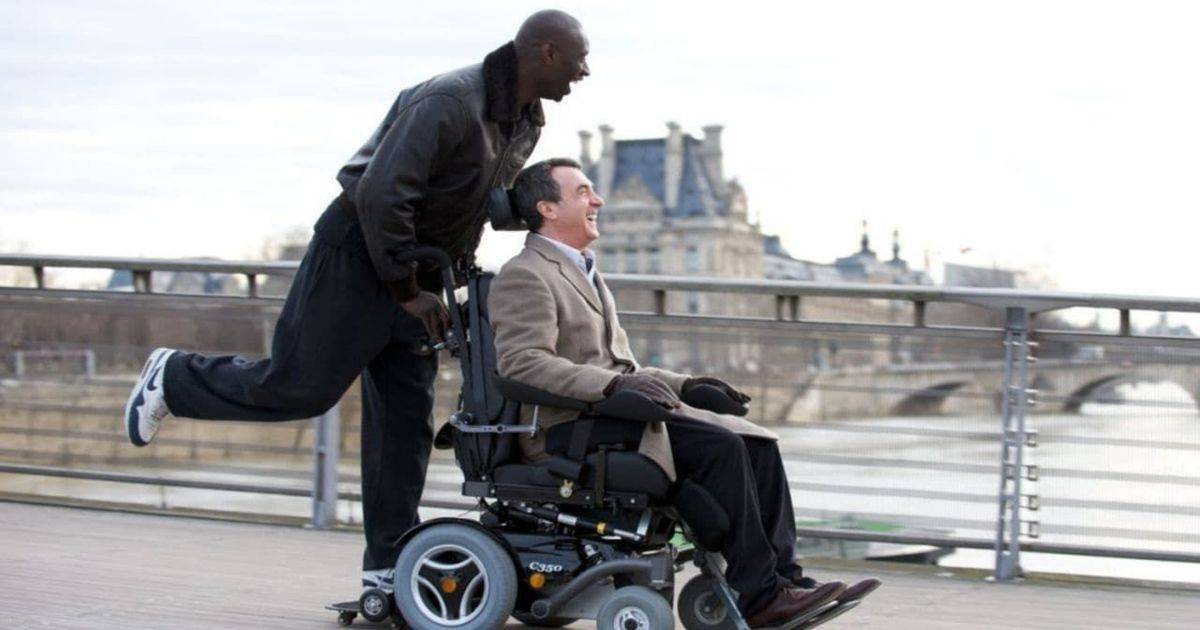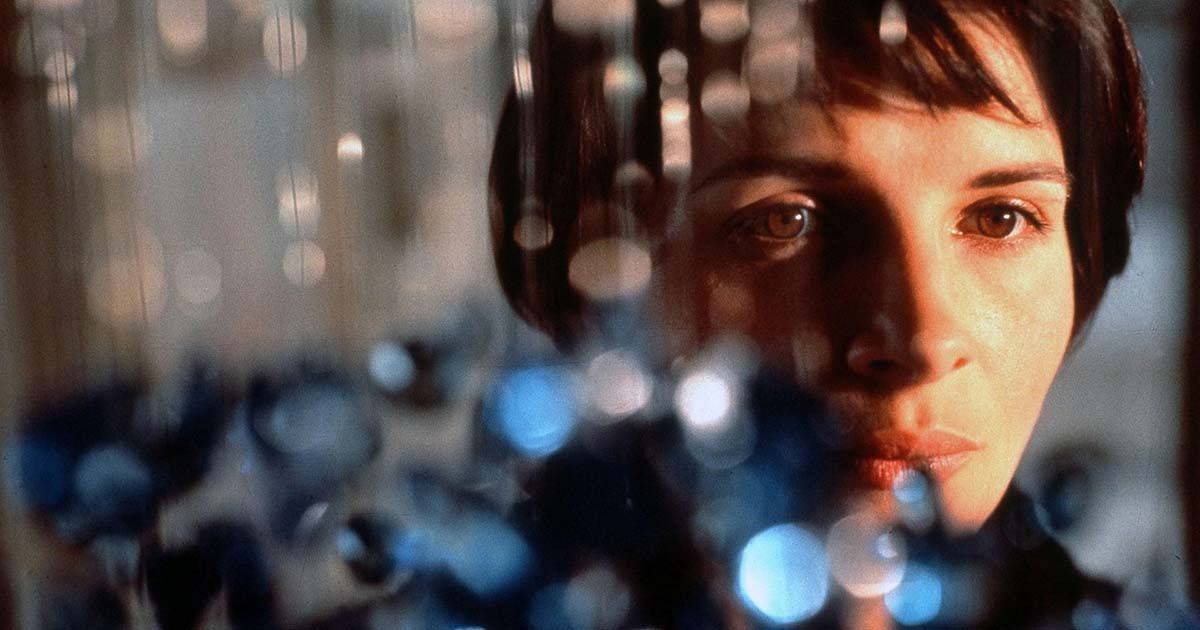Even the most brilliant celebrities and directors are drawn to Paris by its peculiar attraction, which inspires them to photograph and use the city’s scenery. Although its beauty is inherent and indescribable, it succeeds in stirring the heart with promises of romance and adventure.
Filmmakers frequently use Paris as a backdrop, and not just because of its beauty or too-perfect architecture, but also because of its spirit and energy, which permeates every square inch of every shot and inspires a yearning for la vie en rose. The audience will unavoidably become engrossed and experience what it would be like to be the protagonist walking through the city when the city itself takes on the role of the main character.
The best films know how to highlight the city’s inherent beauty and charm. Yet when you see these movies, it’s almost as if you can hear the Seine’s shutters slamming shut, smell the aroma of freshly made baguettes and croissants, and feel the warm breeze as lovers wander through the night. Paris has the power to enchant you until you feel it in your very bones.
Regarding movies, they capture more than just the enchantment of the City of Lights. They create a lasting impression of its profound sufferings, rambling fantasies, meandering passion, and restless beauty. Nonetheless, they are fundamentally driven by a strong feeling that arouses awe and want. Let’s use a movie to quickly transfer ourselves to a place we’ve always wanted to visit.
Amélie (2001)
The best Paris, in my opinion, is the happy Paris. Also, Amélie captures the wonderful city in the most creative manners. The film follows the exploits of the title character, a cute and reserved waitress who discovers she has the power to provide happiness to others. She is a matchmaker, a guardian angel, and a passionate bleeding-heart woman working at a Parisian cafe out of her determination to make people happy. One day, she meets a stranger who might have the power to change everything. for all the right explanations.
The movie, which is set in Montmartre, portrays famous locations like Café des Deux Moulins, Abbesses Station, and Sacré-Coeur with a sense of new amazement. Paris is creative, joyous, and riotous—from its stores and streets to its turns and deeds. How about Amélie? It’s practically a fairytale.
An American In Paris (1951)
War veteran and American expat artist Jerry Mulligan resides in Paris to pursue his passion of becoming a painter. But soon he finds himself caught between Milo Roberts, a social woman who is deeply interested in his art, and Lise Bouvier, a struggling French singer. An American In Paris has all the charm of its name, the power to take you back to Paris in the 1950s, and the capacity to warm your heart with its captivating musical pieces. The film is a vibrant ode to the city and its fondness for heartwarming romance.
The movie picks up speed as it moves between glistening ballrooms, quiet cafés, and the sparkling Montmartre suburb streets. However, Gene Kelly is captivating as Mulligan as he portrays a Paris that is so intensely lovely that it seems to have been taken right out of a dream.
Before Sunset (2004)
After the Before trilogy’s first movie’s ground-breaking success, Jesse and Céline are back. Before Sunset shows Céline running into Jesse at a book reading nine years after their initial meeting, and the two take advantage of their accidental encounter by enjoying a gorgeous day in Paris. They explore some of the most stunning sights the city has to offer and consider what might have happened if they had acted on their earlier emotions.
Paris is transformed into a seductive dreamscape in Richard Linklater’s beautiful journey, where time sings its wonderful song. With its 80 minutes of beautiful meandering, recognisable speech, and melancholy ambiance, it allows us to recall a romance that had faded with time.
Breathless (1960)
Breathless, regarded as one of the best French films ever produced, gave the youth a new perspective on Paris. The iconic French New Wave film centres on Michel, a disobedient burglar who constantly runs from the law. After killing a police officer, he runs away to a metropolis that serves as both his playground and his prison. There, he makes an attempt to persuade Patricia, his beloved, to flee with him. With his bad-boy charisma and lift-you-off-your-feet excitement, Jean-Paul Belmondo undoubtedly steals the show.
About Jean-Luc Godard, he has realistically shown his affection for the city as if it were a person. In a sequence of hurried shots with restless and short jump shits, we witness every alleyway, cafe, and boulevard. What will motivate you to pack your bags and head to Paris if Breathless doesn’t?
Hugo (2011)
The direction of Martin Scorsese has never failed and will never fail. And to witness him deliver a story set in Paris that combines poetry and fantasy? We count ourselves fortunate. Hugo tells the tale of a young orphan kid who lives in the shadows of a train station and is based on the book The Invention of Hugo Cabret by Brian Selznick. The child cherishes his deceased father’s automaton more than his own life since he has always enjoyed tinkering with station clocks.
He sets out on a fantastic voyage with the goal of learning the automaton’s secret and locating the key to a possible future home. Huge pendulum clocks and grand train stations are imaginatively shown in the film. On the screen, Scorsese’s depiction of Paris as an endless realm filled with magic and misery is glaringly apparent. Dreams and heartbreak appear to coexist in Hugo.
Irréversible (2002)
Paris is not entirely glitzy. Behind the warmth and closeness that welcome you at every turn, the city has a long history of retaliation and bloodshed. It also showed up in the way movies were made. Irréversible by Gaspar Noé tells the tale of a lady who is the victim of a terrible crime and the lengths her lover and ex-boyfriend go to in order to see that she receives justice.
The story of the film is told in reverse, with the characters and the audience going back to the night of the attack. Its main themes include cause and consequence and how time is a monster that festers beneath our wounds. Not for everyone, the film becomes rather dramatic as Noé seeks to depict the city as a labyrinth of mystery and danger, similar to every other place on the earth.
Jules And Jim (1962)
Jules and Jim is the tale of two guys caught up in a love triangle and is another exquisite French New Wave romance. Jim is a bashful French writer, while Jules is an Austrian author. The same woman, Catherine, is the object of love for both of the friends. We watch Paris change and the three encounter impossible obstacles against the backdrop of World War I, the Roaring Twenties, and the impending menace of World War II.
François Truffaut, the director, handled each decade with a melancholy grace. Many aspects of Paris are depicted in the film. The city’s beauty is almost ruthless and menacing in its wistful, dreamy state. In addition, it’s actually about the purity of youthful love, the fire that comes from pursuing the person you believe you desire, and how they always manage to elude you.
La Vie En Rose (2007)
The biographical drama La Vie En Rose tells the story of Édith Piaf’s life and how she rose to fame as a French icon and musical legend. The movie follows Piaf as she experiences deprivation and hardship while growing up in her grandmother’s brothel. Her stage skill does not remain hidden between friendships and relationships, and when nightclub owner Louis Leplee spots her, she is given the opportunity to succeed in show business.
She enters the stage despite her reluctance and eventually allows the music to mirror her tale. The stage is set by Olivier Dahan as Paris Piaf. We watch the nightlife, bittersweet love, promise, and tragedy that come with an artist’s stratospheric ascension, from the backstreet bars where a young Edith first lifts her voice to the magnificent Paris Opera that rubbles with her music.
Les Misérables (2012)
Another Victor Hugo work is given a fantastic film adaptation as a timeless revolution story. Les Misérables, which is set in the fever of 1832, tells the tale of Jean Valjean, a parolee attempting to atone for his past mistakes. Yet, it is well known that life is circular, and soon his past will come back to haunt him. Hugh Jackman, Anne Hathaway, Eddie Redmayne, Amanda Seyfried, and more stars round out the group to heighten the stunning musical. Tom Hooper, the director, captures Paris at a turning point when the principles of equality and liberty opened the door for justice, compassion, and hope.
Marie Antoinette (2006)
This royal recounting of the tale of an Austrian archduchess brings Paris during the French Revolution to life. Marie Antoinette, a film helmed by Sofia Coppola and starring Kirsten Dunst, depicts France’s queen from her marriage to Louis XVI to the stresses of delivering his heir and ruling at just 19 years old. Yet, Marie is almost prepared for the duty and seems very at ease in her anti-royal uprising. Paris is roaring in royalty in the movie. The city is alive with wonder, from sumptuous parties, opulent dresses, and gorgeous diamonds to decadent operas, huge boulevards, and sweeping mansions. With her portrayal of a young woman awakening in what appears to be a nightmare amid a city of dreams, Dunst also adds a tragic vanity to the movie.
Midnight In Paris (2011)
Midnight In Paris is the kind of time-travel film that makes you wish you were going along with the main character Gil and his fiancée Izen on a family trip to Paris. But, every midnight brings Gil back to 1920s Paris, where he can see the delightful and whimsical city in all its bright colour and sweeping beauty. As he depicts flappers dancing vibrantly, cafes thriving with poets, late-night strolls, and political discussions, Woody Allen creates magic in the frame.
In their element and creative spirit, Owen Wilson and Rachel McAdams are utterly gorgeous. Ultimately, the film captures the beating heart through curiosity and imagination in all its melancholy.
Moulin Rouge! (2001)
A musical romance that feeds on drama and spell sits at the edge of a time of showmanship and expensive nightclubs. Moulin Rouge!, the Baz Luhrmann-directed film follows Christian, a budding poet who is captivated to the Moulin Rouge’s joy and happiness. He attends the most notorious nightclub in the city while on the road and is immediately struck by Satine, the club’s most scandalous performer. Luhrmann shows us a Paris that embodies the spirit of the 19th century beneath the surface of a passionate love affair.
The film is a frenzy of love, music, and the bohemian ideal, with courtesans, cabarets, and can-can dancers wearing magnificent ruffled skirts. Your senses are heightened at every point by the magnetic chemistry between Nicole Kidman and Ewan McGregor.
Paris, Je T’aime (2006)
Paris, I Love You or Paris, Je T’aime is an anthology of 18 stories where love hides itself amid the hearts of people moving through the lovely city of Paris from the likes of Olivier Assayas, Gus Van Sant, Wes Craven, and Alfonso Cuaron, as well as a few dozen other illustrious directors. Under a Parisian environment in which the city itself serves as the principal actor, we observe shimmers of every conceivable human emotion taking on new bodies.
Every narrative in Paris, Je T’aime touches has a distinctive appeal to it that approaches a roaring climax driven by seduction and sadness and is unbound by norms or reason. One moment it is Baroque and Grand, the next Whimsical and Fairytale-like. The gorgeous cast of the movie, which also includes Juliette Binoche, Willem Dafoe, Natalie Portman, Steve Buscemi, and others, is another plus.
Ratatouille (2007)
Paris is not only attractive to people. When pictured correctly, the outcome for a rat who lives in the city sewers can likewise change. Remy the rat is followed in Disney’s Ratatouille as he pursues his ambitions of becoming a chef. Although his incredible talent, the public’s revulsion and fear of rodents prevent him from following the career. In order to serve mouthwatering dishes, he goes to funny lengths and pulls infamous heists when he wins the opportunity to work at the restaurant of Auguste Gusteau, his culinary hero.
Brad Bird’s enchanted perspective transforms the screen into an endlessly delightful bloom. There is energy in every picture and every meal, from bustling bristos to lively cobblestones and delicious-looking food. The film demonstrates that even in trash, Paris breathes poetry, astonishment, and beauty.
Taken (2008)
Fans have long been enthralled by Liam Neeson’s action thriller series because of its sinister plot, nail-biting turns, and spine-tingling life-threatening monologue. The daughter of an ex-Secret Service agent is abducted in Taken while the two are visiting Paris. Without even a hint, and with time running out, he needs to find her before things get out of hand.
Paris’ network of underground tunnels and underground combat clubs serves as the setting for the suspenseful images, urgent wicked actions, and the sinister tale of Pierre Morel. Taken does a great job of transforming innocence into something horrific and terrifying while offering a very sombre view of the City of Lights.
The Da Vinci Code (2006)
The best-selling murder mystery thriller from author Dan Brown is now a movie called The Da Vinci Code. The film is directed by Ron Howard and starts with a murder in the Louvre Museum in Paris before escalating into a larger mystery involving a perilous hidden society that seeks to destroy Christianity itself. The film is a labyrinth of shadows and alluring hints that distort historical facts into unanticipated fantasies.
As we go, Tom Hanks’s Robert Langdon, a famous character, is revealing the mysteries of the underworld of Paris. Paris, however, shines brilliantly beneath murmured legends and unanswered questions. The Lourve, the Ritz, and the Basilica of Saint Sulpice are among the well-known places Howard takes us, and he transforms them into ethereal settings that leave us itching to visit.
The Dreamers (2003)
1968 was a crucial year for Parisian youth. The city was filled with a sense of resolve during the student uprisings and the call for liberation. The Dreamers is also set during this period. Theo and Isabelle, a French brother and sister who were content in their aristocratic lifestyles until Matthew, an American student, gets acquainted with them, are the subject of the film directed by Henri-Georges Clouzot.
The movie is essentially a playground for kids, with unfettered spirits running wild and young poets filling the emptiness. In order to show Paris in its natural lighting, it is also photographed from a perspective that is hazy and smokey. Due of the city’s enduring melancholy, which many find charming, and as wonderful as her light.
The Hunchback Of Notre Dame (1996)
What better approach to entice the audience than to portray the City of Lights in a mediaeval setting complete with humming marketplaces, vibrant shops, and grand cathedrals? The magical tale of Quasimodo is created by fusing nature and beauty in The Hunchback of Notre Dame, which transports you to a labyrinth of splendour.
In response to his companions’ encouragement to come out of his shell, Quasimodo, a bell ringer at Notre Dame, disobeys his guardian Judge Claude Frollo and sets sail for the Festival of Fools. He meets Esmeralda there, a Gypsy gipsy girl with her own agenda. Paris is bustling with life in this opulent play. She may appear lively, but her cruel heart is as icy as the gargoyles who watch over her walls.
The Intouchables/Les Intouchables (2011)
The Intouchables, starring François Cluzet as Philippe and Omar Sy as Driss, is a heartwarming tale of how some people can unforeseenly improve your life. Rich French nobleman Phillipe was injured while paragliding and is now quadriplegic. A young man from the projects named Driss is employed to look after Phillipe. When they begin spending time together, they develop an unexpected friendship.
Even though the film is bursting with emotion and unrest, it manages to find hope in modest deeds of generosity. Because the world is full of problems but there is joy in every new day, it teaches us to slow down and enjoy the simple things. It is set in a metropolis that is constantly buzzing with potential and surprises.
Three Colors: Blue (1993)
Krzysztof Kielowski’s poignant, metaphorical story of love and sadness follows Julie, a person who is so terribly lost that she is incapable of engaging in even the most basic of social interactions. She makes the decision to withdraw in order to cope with the loss of her husband and small son in a vehicle accident. But in Kielowski’s Paris, loneliness is embraced rather than suppressed. When Julie forces himself to leave the house, she finally runs into Olivier, an old acquaintance who has been in love with her for as long as he can remember.
The first film of a trilogy, Three Colours: Blue, depicts Paris in a poetic hue of rage, forgiving, meaning, and desperation. The film has pictures of longing and whispers that are waiting to become smiles.



